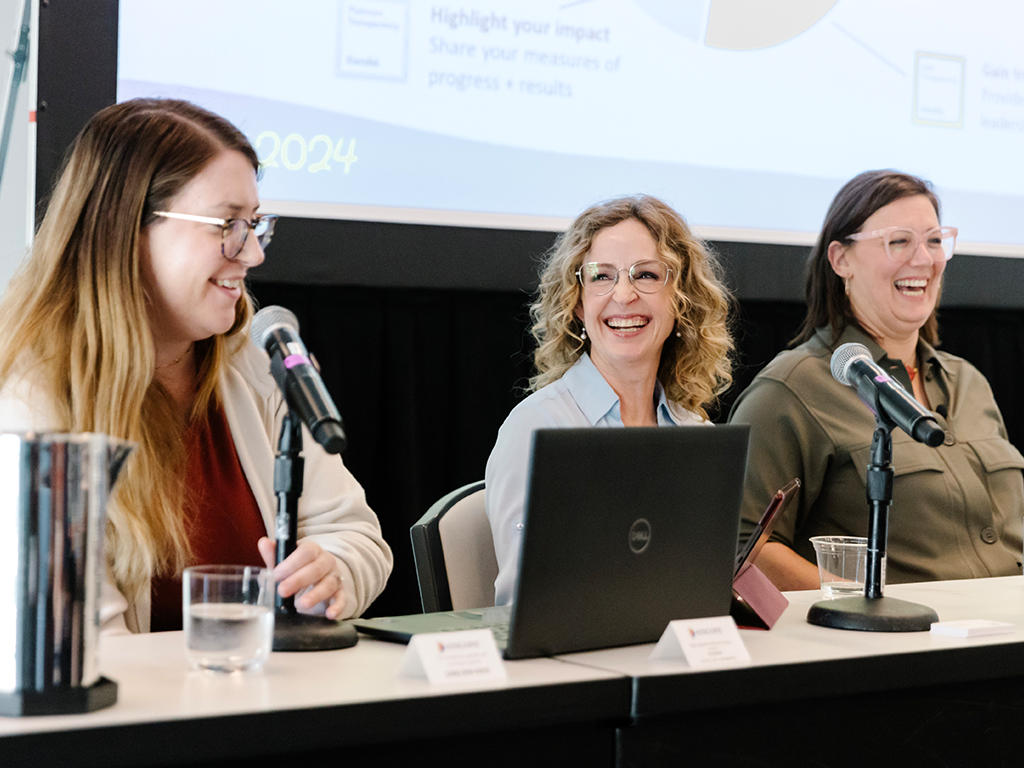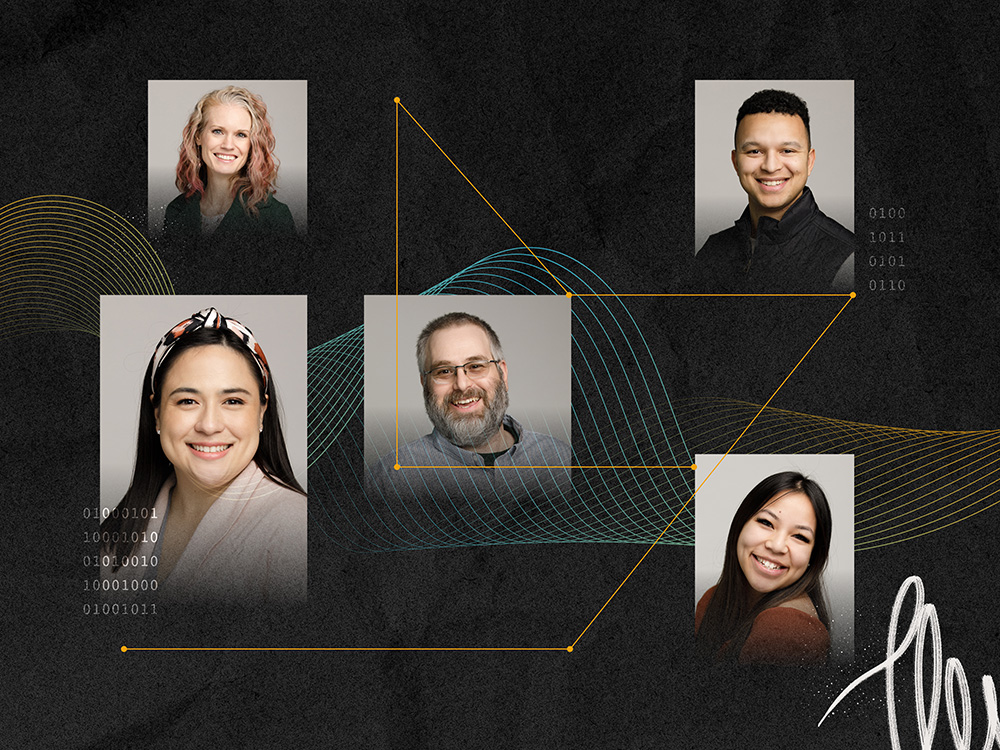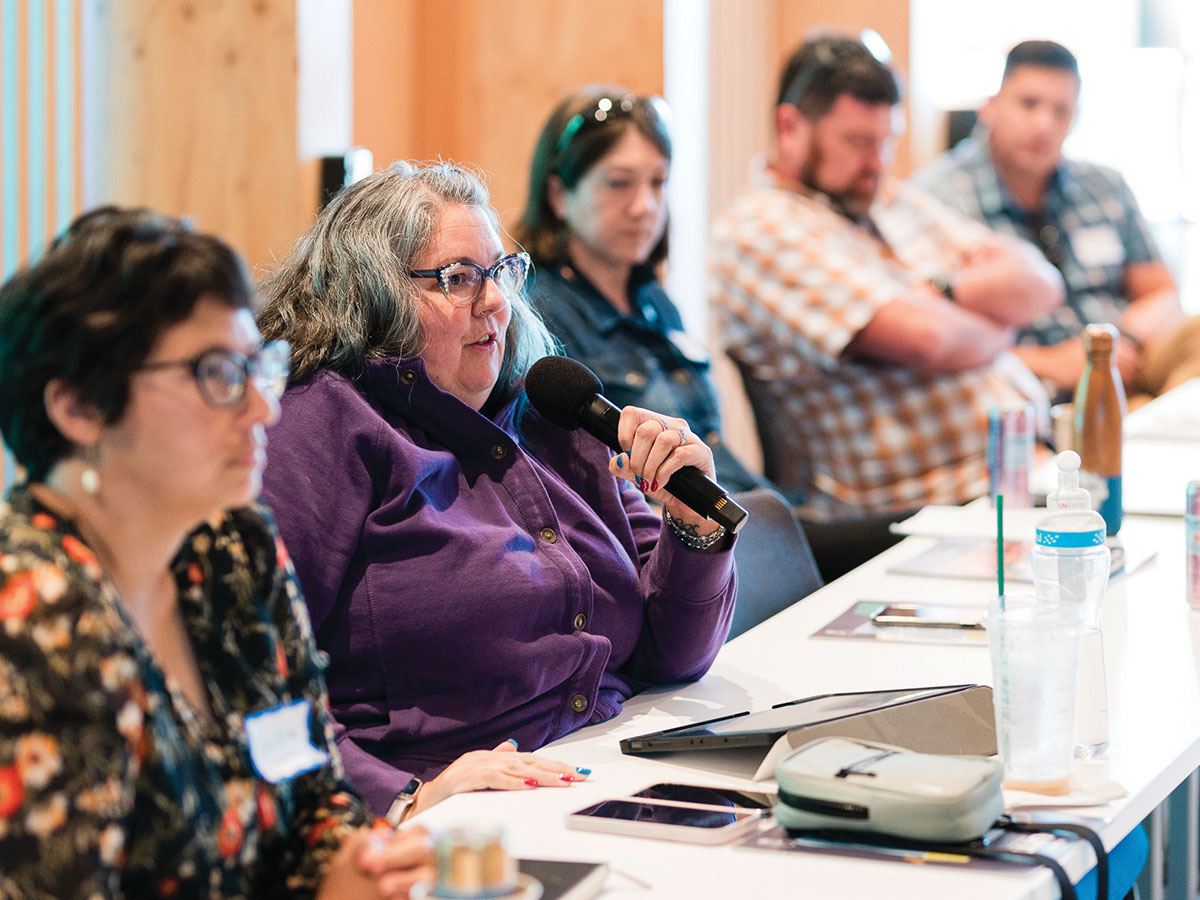

Six Questions for Gwyneth Tripp, Blue Shield of California Foundation
Selecting a new system for application, reporting, and grants management is a significant undertaking. Many grants managers feel understandably overwhelmed by the task. Dr. Streamline had a chance to talk recently with Gwyneth Tripp, grants manager at Blue Shield of California Foundation. Gwyneth offered to share her experiences and reflections on moving to a new grants management and grantmaking system – even while still in the thick of it!
Dr. Streamline: Tell me about your previous system – why did you decide to make a change?
Gwyneth Tripp: We had been using an online grant system, for 10 years. It was a great accountability and monitoring tool, but as we grew as an organization, we developed a taste and desire to learn from and interact more with the information we collect. We also wanted to make the transaction lighter, for ourselves and for grantees.
Dr. S: That all sounds good, but easier said than done, I bet. How’d you go about shifting?
GT: Our path was kind of long… Four years ago, we started exploring the possibility of a new system, but soon realized the time wasn’t right. We were in the midst of significant institutional changes, so we paused the process to make sure a change was aligned with our organizational growth.
Two years ago, we started thinking about our grantmaking system as not just a transactional tool, but also a critical part of our business process. We knew it wouldn’t be enough to look at grants management in isolation – we needed to understand the full ecosystem of our work and all the interactions within it, between grants management and finance, knowledge management, and learning and evaluation. We began by working with Lisa Rau of Confluence to conduct a system assessment. She interviewed all of us in different groups and pushed us to give specific feedback about the features and abilities we wanted. We had to distill our needs down to the most essential and to separate process issues from technical ones.
Once we had our spec list, we looked at new systems. There were two options that felt like strong fits for us, but both were at crucial moments of their own development. We had to be patient and see where the chips fell for them. I also conducted about 20 interviews of customers and colleagues. During these interviews I listened not only for what people told me, but also for what was between the lines. I wanted to make the choice on both the right product and the right partner for us
In that same time period, we conducted a review of our current grantmaking process. We found that over time, we had built unnecessary steps and approvals onto what had once been a simple process. The new grantmaking process developed significantly streamlined staff roles, and gave us a great baseline to build into a new system.
In the end, we selected Fluxx because they had the most ambition to keep growing in ways that seemed compatible with our interests. At the same time, Fluxx wasn’t necessarily our obvious logical choice, because we use another system for our communications and finance systems. Some of the logistical challenges are getting hammered out now. For example, webuilt an export tool that will connect our payments with our finance system and we’ll have a contact and organizations sync between the systems to keep this information updated in real time.
Dr. S: Where are you in the process now?
GT: We just completed the build so we’re really there! We extended our original timeline because once you’re in the middle of the build, things can’t be rushed. The number of decisions and things you have to do are astronomical.
Our plan is to have a month adoption period in the fall where staff can begin living in the system without having to perform their responsibilities, and then conduct formal training in December before launching the new system in early 2016.
Throughout the process I’ve found it important to create some fun since there isn’t anything innately fun about systems change. We created a theme for our transition: the Yellow Brick Road from the Wizard of Oz. We use little Ruby Slippers to track our progress along the Yellow Brick Road toward milestones. We also have a mascot – a little creature called Foxowlbear. The mascot is a resilient, wise, and energetic animal. We created a profile for her in our internal messaging system and she is now a contributing member of our team! We have branded all our systems change documents with Foxowlbear, so and now she moves along the Yellow Brick Road too.
Dr. S: Did you encounter any unexpected resistance or surprises?
GT: By the time we started, we were all ready for the change, but encountered some unexpected delays. Be prepared to expect the unexpected in your build – likely multiple times in the process.
As a result of this delay, we started implementation a few months after we had planned, and in the middle of several other of other launches and changes. So, yeah, there was a little friction. Once we started going with our core team it was fast and furious and it was challenging to keep staff both excited and sufficiently informed. I erred on the side of less information which allowed us to stay focused on the building and testing but was also somewhat opaque to people outside the process. I’m not sure if there’s a right way to do this –people are going to approach something as significant as this and the change involved in variety of ways and you need to find ways to roll with it and adapt to keep the conversation positive and productive.
Another challenge was that we’d simultaneously become more systems-oriented that required us to interact with each other, our data, and our systems in new ways, even within our current technology. The previous year, we’d finalized our 10-year impact formula and wanted to start tracking information in ways that would help us learn and make connections so we instituted a new coding system to begin to capture this. At the same time, we rolled out a more formalized system of decision-making that used the workflow functions in our system instead of in-person dialogues which took getting used to. And we also radically changed our board materials. It was challenging to have all these changes happen all at once. At the same time, it was the right thing to do.
Dr. S: How has taking on this big task changed your role?
GT: I’ve developed new competence in certain soft-skills that I didn’t regularly activate previously – things like managing teams, communicating across the organization, and seeking and receiving input and assistance. I think that making this change has set us up for my role to be better actualized in the upcoming year. Being exceptionally intimate with our process and really understanding the architecture of the system means that I’m able to facilitate staff understanding the possibilities. A few weeks ago, I took the recommendations for our process improvement and mapped them to Fluxx. By drawing clear connections between what we said we wanted to do and what we’re actually doing, I hope I’ve built more trust in our team.
Before we went through this migration, our core team included people with varying degrees of connection with our system, but now they all will all be proficient in our new system. For me, personally, it was significant to be able to work differently with my colleagues and watch the lightbulbs flash for them, to manage the partnership with Fluxx, and translate information between the organizations – that’s all been huge. And my biggest growth area has been learning to not go it alone. It has been powerful to find advice and support, be able to take in feedback, and to realize that I don’t need to know everything.
Coming soon: Gwyneth’s lessons learned and advice for others!
Questions for Gwyneth? She can be reached at gwyneth.tripp@blueshieldcafoundation.org
Dr. Streamline is Jessica Bearman of Bearman Consulting, LLC. She provides facilitation, organization development, and research and development to help grantmakers and other mission-focused organizations align strategy, practice, and culture for greater effectiveness, equity, and joy.


